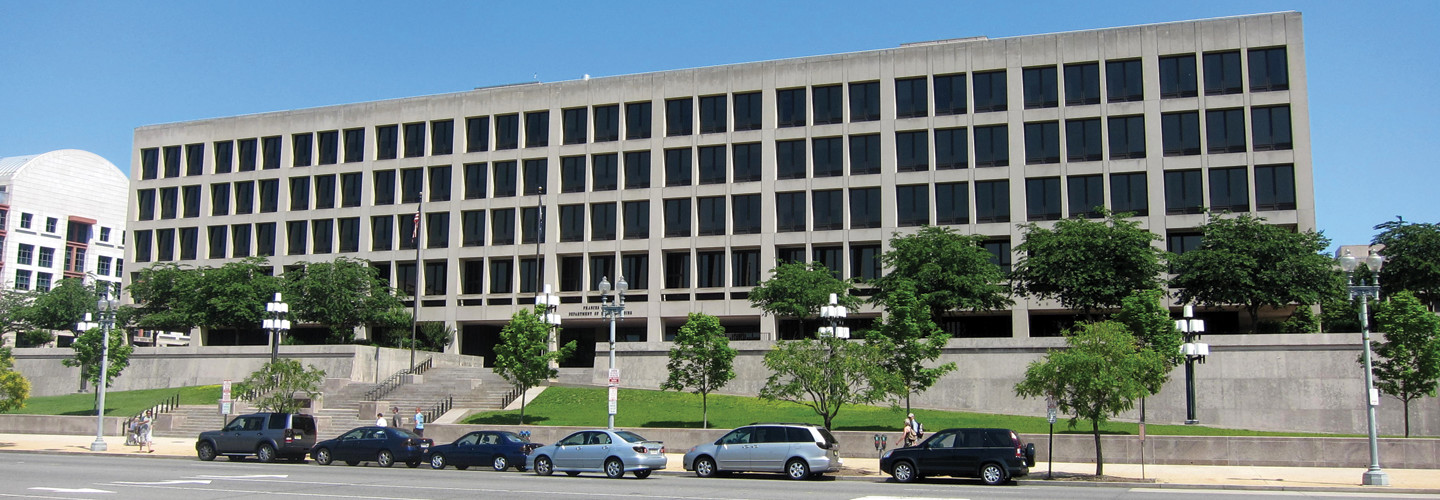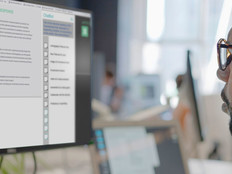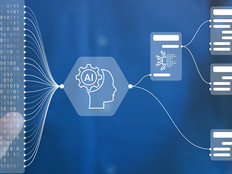How Labor Is Modernizing Its Approach to IT
Now the agency is moving toward hyperautomation, layering artificial intelligence and machine learning on top of the bots to provide ultrafast assessments of collected data, helping DOL staff apply it to decision-making.
“The beauty of the bots is that they’re able to do things in real time and at such a quick pace,” Charlier says. “They’re able to ingest all of that data, parse through that data and put it in an output. That just takes a long time for humans and is fraught with the opportunity for errors that we pretty much eliminate. Ultimately, what these do is they save time, they reduce risk and they increase our compliance across the board.”
The benefit of hyperautomation is not simply to speed up routine work but to allow DOL staff to focus on its mission: improving support to the U.S. workforce. That’s also the goal of DOL’s push toward hyperconverged infrastructure, another major modernization effort designed to streamline the agency’s IT infrastructure.
HCI replaces the traditional, three-tier architecture for computing, storage and networking and merges all of those functions into a single hardware box under one management console. By consolidating data and moving more computer operations to the cloud, staff can access those resources wherever they are, which is particularly helpful while they’re working remotely.
“Federal agencies, including DOL, are aiming for better decision-making and greater accountability on real progress based on data via dashboards,” says Dave McClure, principal director of federal CIO advisory services for Accenture Federal Services. “These IT modernization projects will enable federal agencies to improve their cyber posture because of consolidations and moves to cloud.”
EXPLORE: These are the 5 key trends to watch for in federal IT in 2021.
RPA Technology Helps Labor Become More Efficient
In February 2020, DOL partnered with the General Services Administration’s IT Modernization Centers of Excellence, which provide IT modernization support to agencies, to develop three bots for its financial teams.
One of those bots aids a system that selects eligible vendors to work for the federal government and receives about 2,000 requests a year. Each request requires an hour or two for an employee to review. “These bots can perform that task in three minutes, so we’re saving 2,000-plus hours annually,” Charlier says.
Before DOL works with a contractor, the agency conducts research to identify the options available in the marketplace that will meet its criteria for approval. About 45 market research requests come in daily, and as many as 150 a day can come in during peak times, Charlier says. Employees spend eight to 16 hours on each request, compared with less than an hour’s work for the bot, gleaning an annual savings of about 3,500 hours, he says.
DOL’s human resources department is looking at bots and AI to sift through job candidates’ applications and speed up hiring. The federal unemployment benefits system that DOL manages has also expanded its use of AI and ML to pinpoint potential fraud.
The agency’s IT team already had AI and ML in place for cybersecurity, which is helping to block about 20 million sinister emails each month, Charlier says. Such tools can recognize malicious patterns in fractions of a second.











